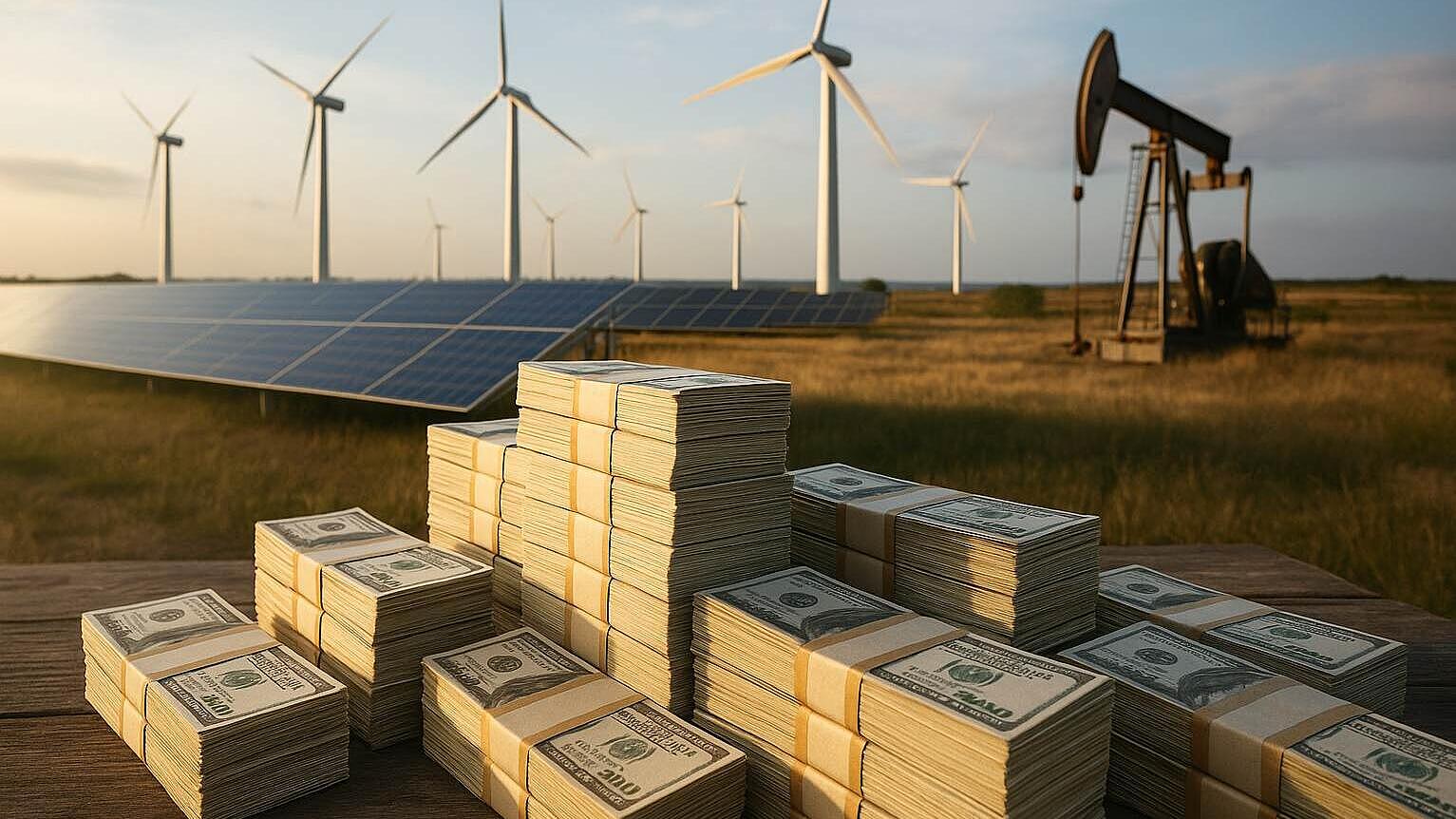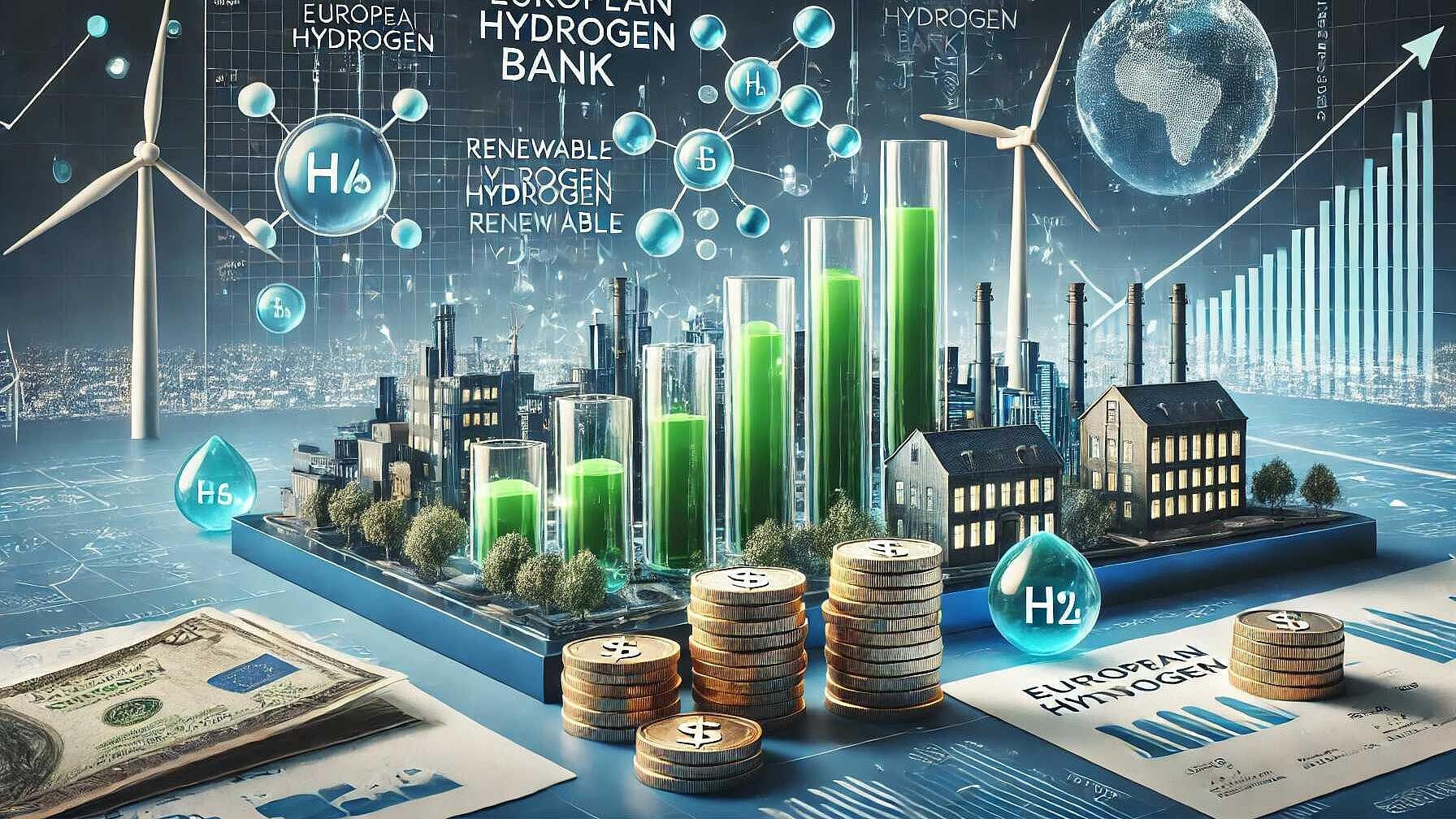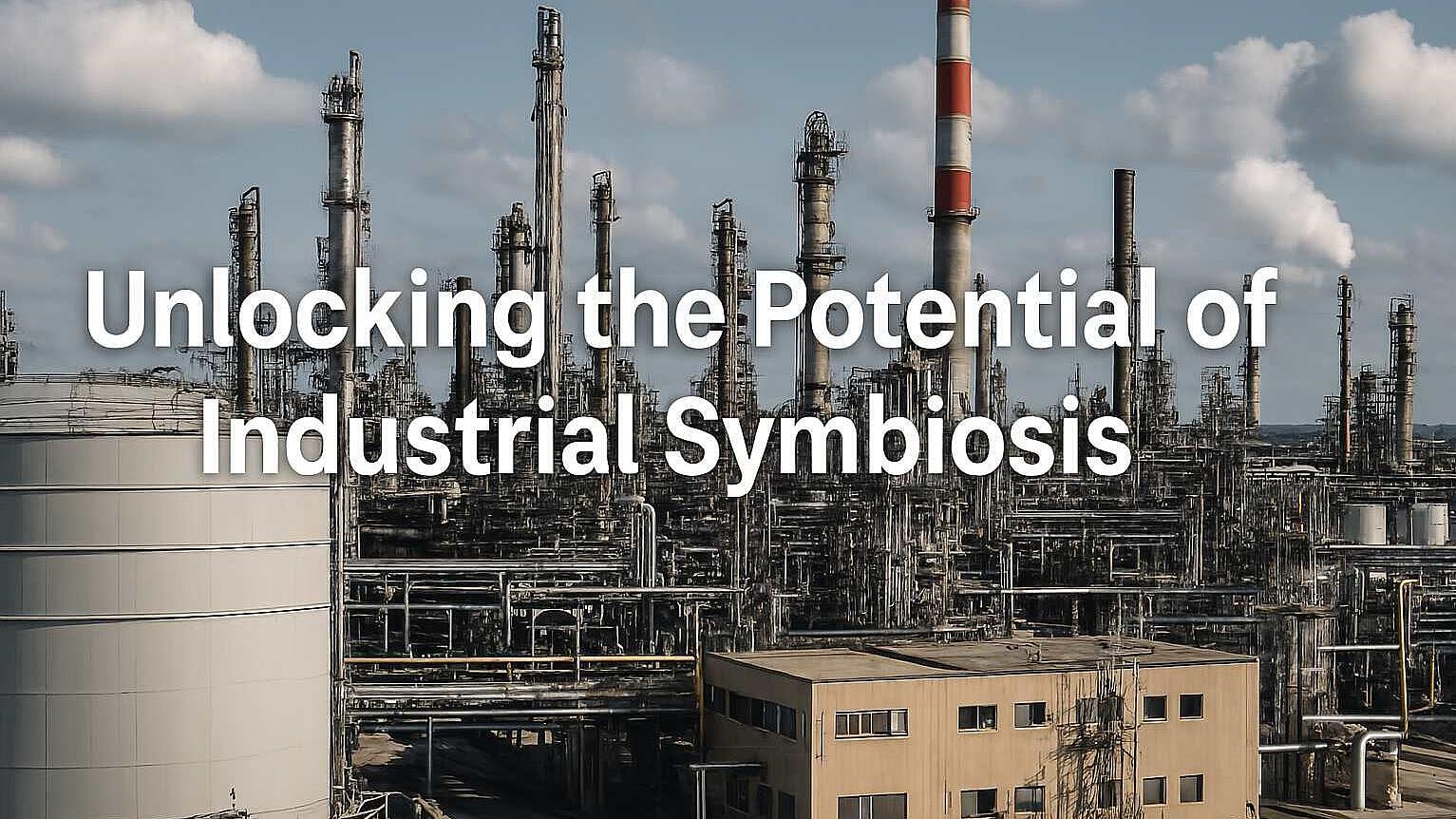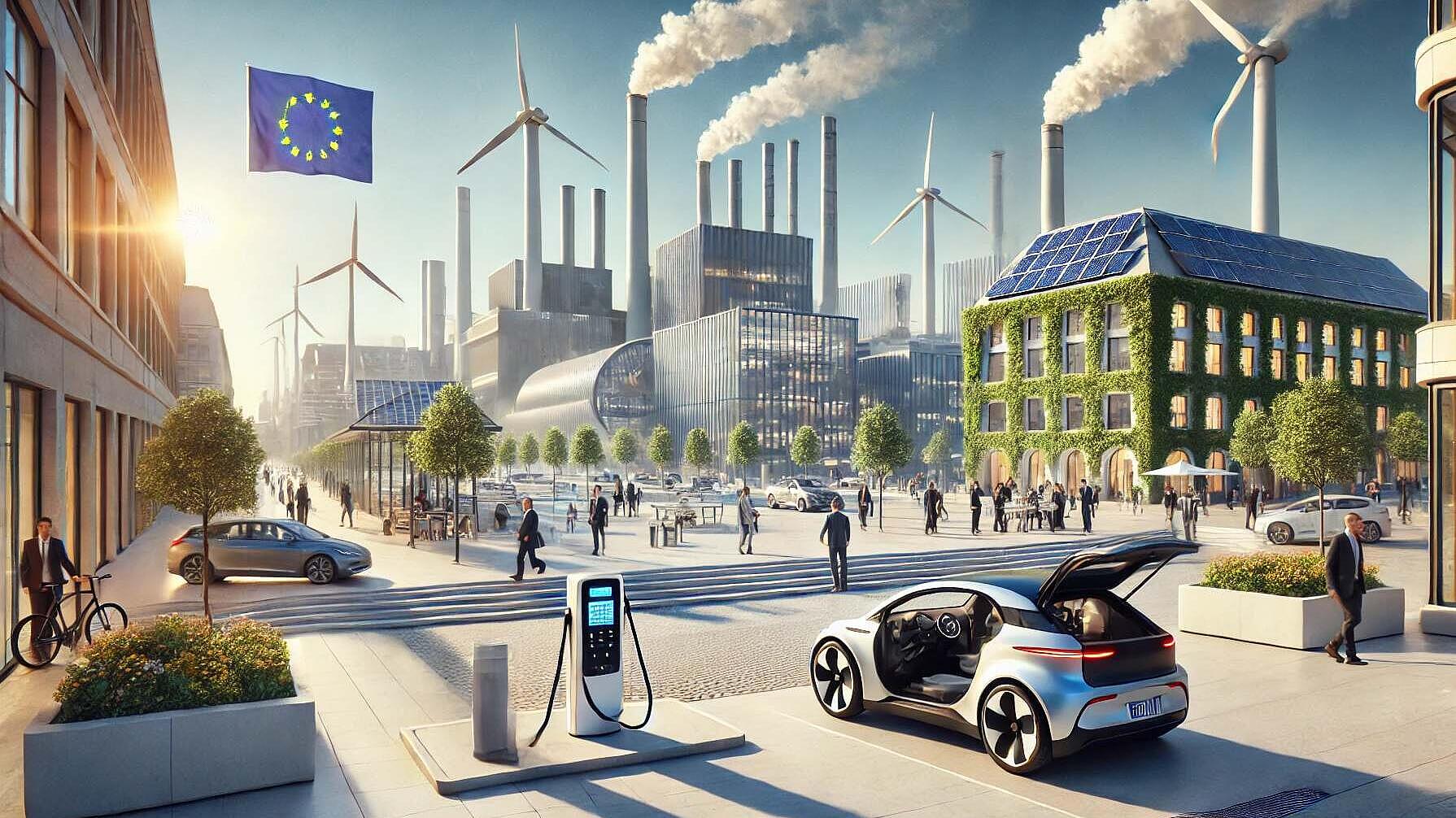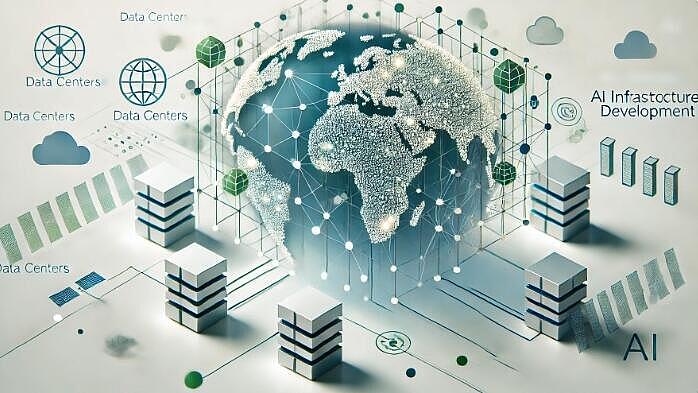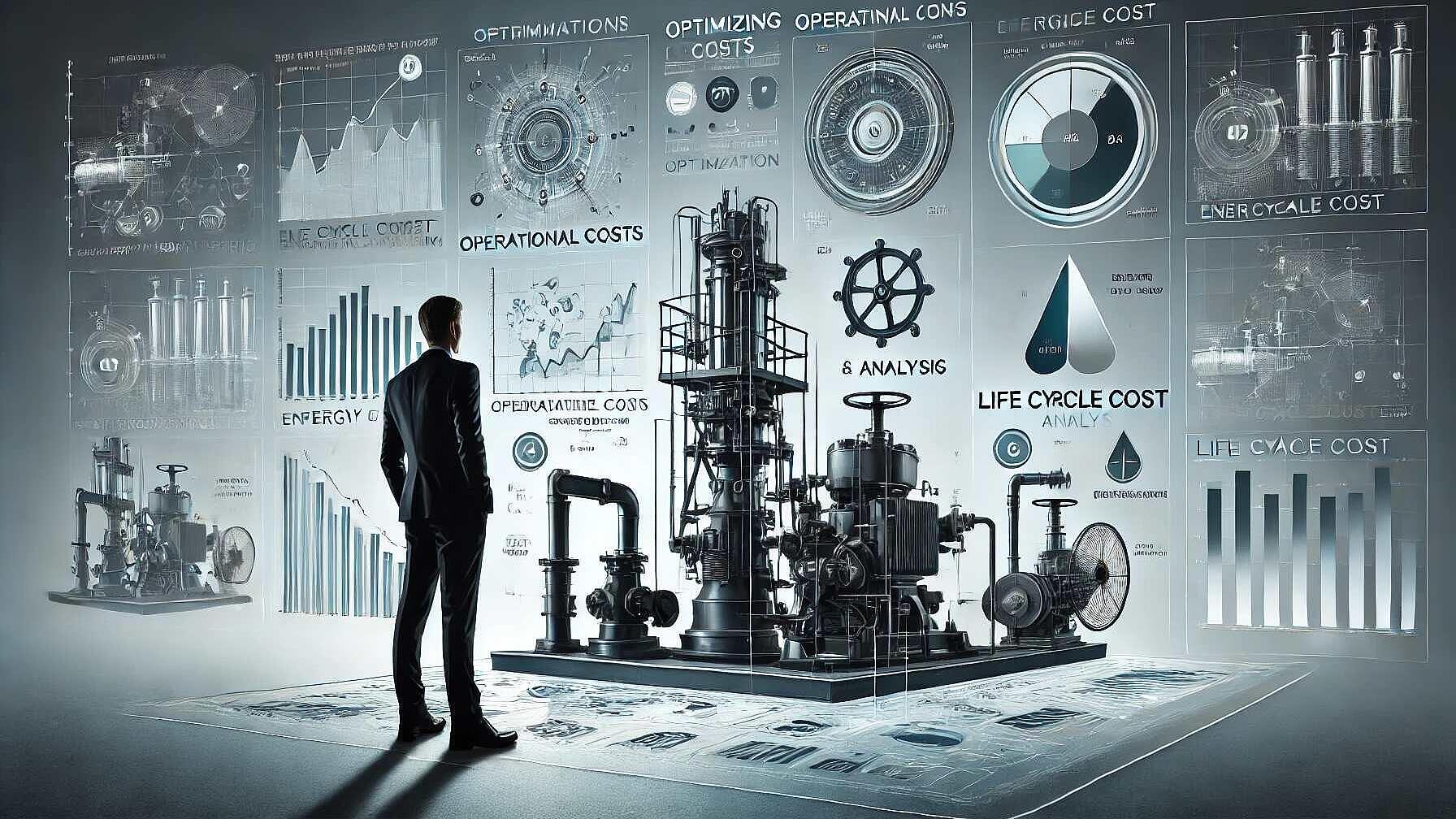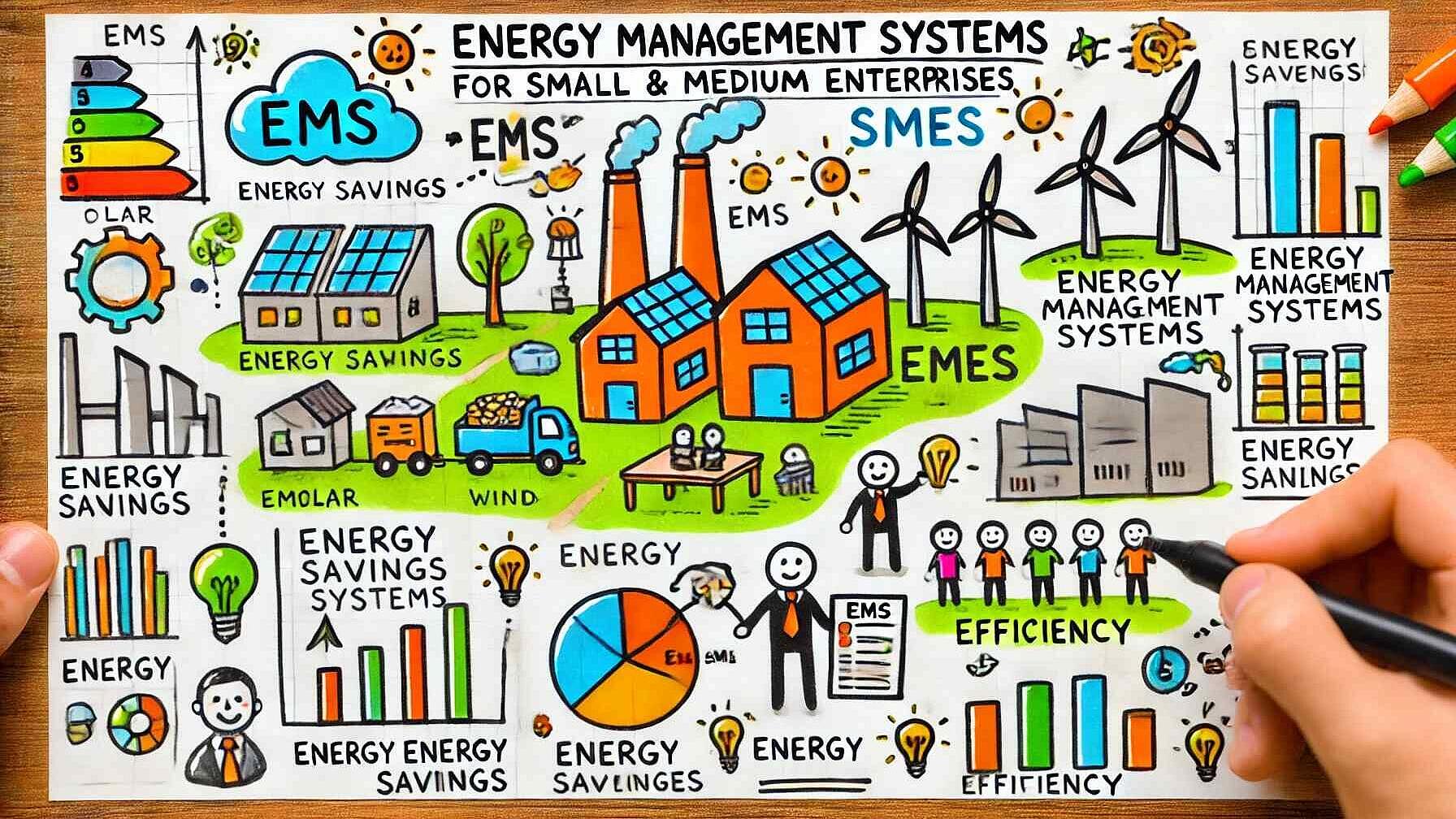 Articles
ArticlesFinance & Economics
Between 2019 and 2025, the world saw a substantial shift in energy investment trends, with total spending surging from USD 1.8 trillion to USD 3.3 trillion. Clean energy received more than twice the funds compared to fossil fuels by 2025, driven by various factors including post-pandemic recovery initiatives, technological advancements, and geopolitical developments. China's strategy to diminish oil and gas imports, Europe's response to the Ukraine crisis, and U.S. policies promoting clean technology contributed to this change. By 2025, solar photovoltaics (PV) attracted the largest share of investment, reaching USD 450 billion, as costs significantly dropped due to economies of scale, particularly exploited by Chinese manufacturers. This led to a widespread adoption of distributed solar in emerging markets, such as Pakistan, where it provided an alternative to unreliable national grids. Investment in clean energy nearly aligned with the IEA's Sustainable Development Scenario, reaching around two-thirds of total energy investment. However, grid investment lagged, resulting in bottlenecks for renewable energy deployment and highlighting the pressure on infrastructure due to increased electrification of various sectors like transport and data centers. In advanced economies, an unexpected demand for firm baseload power arose, renewing interest in nuclear energy and natural gas to support new demands, such as those from AI and data centers. Innovation and investments also grew in energy storage, with investments in batteries reaching USD 66 billion by 2025. Despite advancements, the energy transition faced challenges such as supply chain constraints for critical minerals, underscoring the complex interactions within technology ecosystems. There were also disparities in clean energy deployment, with Africa receiving a disproportionate share of investment relative to its population. This highlighted the persisting barriers such as financing costs, currency risks, and institutional challenges that technology cost reductions alone cannot overcome. Finally, the decline in fossil fuel investments, particularly in oil, reflected both climate policies and market dynamics, with U.S. shale investments falling. The period from 2019 to 2025 emphasized the importance of integrating policy, finance, technology, and societal behaviour to further progress in clean energy transitions. The IEA recognized the need to double renewable investments, increase grid spending, and establish frameworks for distributed energy to meet 2030 climate goals.
Read Full articleBusiness Value Through Industrial Symbiosis
A new framework evaluates industrial symbiosis, showing cost savings, revenue growth, risk reduction, and intangible benefits, advocating strategic partnerships and regulatory navigation for long-term sustainable advantage.
Read Full articleBoosting the Hydrogen Revolution: The Role of a European Hydrogen Bank
The EU aims to produce and import 20 million tonnes of renewable hydrogen by 2030 to achieve climate targets. The European Hydrogen Bank, integral to REPowerEU, supports this via subsidies and market integration. Investments in hydrogen technologies foster innovation, job creation, and international cooperation, enhancing energy security and global leadership in clean energy transitions.
Read Full articleUnlocking the Value of Industrial Symbiosis: A Comprehensive Guide to Pricing and Business Value
The article outlines approaches and a framework for pricing in industrial symbiosis, stressing fair and sustainable mechanisms, considering costs, earnings, risks, and value beyond economics for successful circular economies.
Read Full articleUnlocking the Potential of Industrial Symbiosis: Strategies for Sustainable Project Development
The CORALIS guidelines address financing and risk mitigation for Industrial Symbiosis (IS) projects, offering a structured process to enhance stakeholder relationships, align with regulatory frameworks, and improve project implementation for sustainable industrial operations.
Read Full articleIndustrial Symbiosis: A Transformative Approach for Sustainable Industry
The CORALIS report on industrial symbiosis (IS) highlights its benefits, like reducing CO2 emissions and waste through cross-sector collaboration. Successful cases and digital platforms facilitate IS, but adoption challenges persist. Future IS policies could further sustainability and create jobs in new industries.
Read Full articleRevitalizing Europe's Industrial Future: The European Commission's Strategic Vision for 2024-2029
The European Commission's strategy for 2024-2029 aims to revitalize Europe's industrial sector, address economic challenges, promote sustainability, advance technological sovereignty, ensure social fairness, and strengthen global partnerships for a resilient, prosperous EU future.
Read Full articleThe Strategic Landscape of AI Infrastructure Financing: Microsoft, BlackRock, and Global Initiatives
The Global AI Infrastructure Investment Partnership, with $30 billion from Microsoft, BlackRock, and others, aims to build AI data centers and related energy infrastructure, addressing the high energy demands of AI. Other initiatives like Google's AI Opportunity Fund and IndiaAI Mission support AI infrastructure development, focusing on sustainability and international cooperation to ensure global economic and technological advancement.
Read Full articleRevolutionizing Pump Systems: The Power of Life Cycle Cost Analysis
Pumping systems represent significant energy and cost usage in industrial operations. Implementing thorough Life Cycle Cost (LCC) analysis can yield major savings by encompassing all ownership costs from initial purchase to decommissioning. Proper design, avoiding oversizing, and maintenance are crucial strategies.
Read Full articleEnergy Efficiency Or How SMEs Can Revolutionize Their Bottom Line
SMEs overlook 10-30% energy savings due to incomplete audits and complex consumption patterns. Adopting EMS offers cost reduction, improved productivity, regulatory compliance, and enhanced reputation. Barriers such as perceived costs, resource constraints, and lack of commitment hinder EMS implementation. Technology aids effective energy management, with smart meters and IoT enabling real-time data tracking. Best practices include starting with energy audits, setting reduction goals, and engaging employees. Successful EMS adoption in SMEs contributes to carbon emission reduction and energy transition goals, aligning with EU support for SME recovery and innovation.
Read Full article